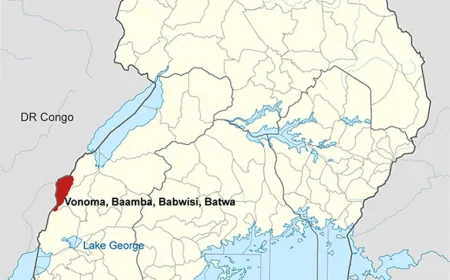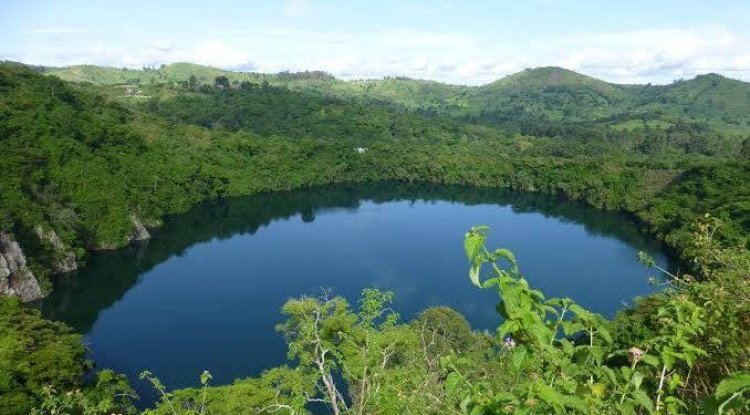Red Colobus
The Bigodi Wetland Sanctuary is a popular place for people in Uganda to see red colobus monkeys. It is close to Kibale Forest National Park. But there are also isolated populations in Semuliki National Park.

Piliocolobus. The olive colobus, once thought to be a subgenus of Procolobus, is now the only member of that genus. Some species of blue monkey are frequently seen in mixed groups with black-and-white colobus monkeys (genus Colobus).
There are approximately 15 recognised races of red colobus, several of which are split off and regarded as separate species by certain researchers.
Red Colobus Social behaviour
Most social hierarchies are founded on violent conduct. The distribution of resources like food, grooming, and sexual partners begins with those at the top of the social hierarchy. They get together in big groups of 20–40 people, with the most ever seen being 80. As a rule, there are twice as many females as men in these gatherings. Though the tribe's few male monkeys tend to stick with their original family, females frequently travel in small groups, implying strong family ties. The territories of red colobus monkeys overlap with those of neighbouring armies. Tense yet nonviolent interactions are possible between soldiers, or violent interactions in which one troop actively seeks to displace another.
As is the case with other primates, mother-infant connections in the red colobus are very strong. Mothers are typically hesitant to have other females in their troop carry their infants.
When red colobus monkeys approach puberty, they exhibit a dramatic change in behaviour, becoming increasingly restless and even nomadic. At this time, young monkeys begin to search for a new tribe to join. This is difficult since most teams view new monkeys with suspicion and even violence.
The Diet of Red Colobus Monkeys
Red colobus monkeys get the majority of their nutrition from unripe fruit, flowers, and leaves. They may also consume charcoal or clay to neutralise the cyanide in certain leaves. It looks like being able to get health benefits from the plants they eat is something they were born with. However, unlike most other primates, their stomachs can break down certain poisonous substances. The red colobus monkey is remarkably flexible due to its extensive and plant-based diet.
Red colobus stomachs are bigger than those of other monkeys of the same size because they have four chambers, like those of ungulates that they are not related to.
Where in Uganda can I see red Colobus monkeys?
The Bigodi Wetland Sanctuary is a popular place for people in Uganda to see red colobus monkeys. It is close to Kibale Forest National Park. But there are also isolated populations in Semuliki National Park.
What's Your Reaction?
 Like
0
Like
0
 Dislike
0
Dislike
0
 Love
0
Love
0
 Funny
0
Funny
0
 Angry
0
Angry
0
 Sad
0
Sad
0
 Wow
0
Wow
0













































































